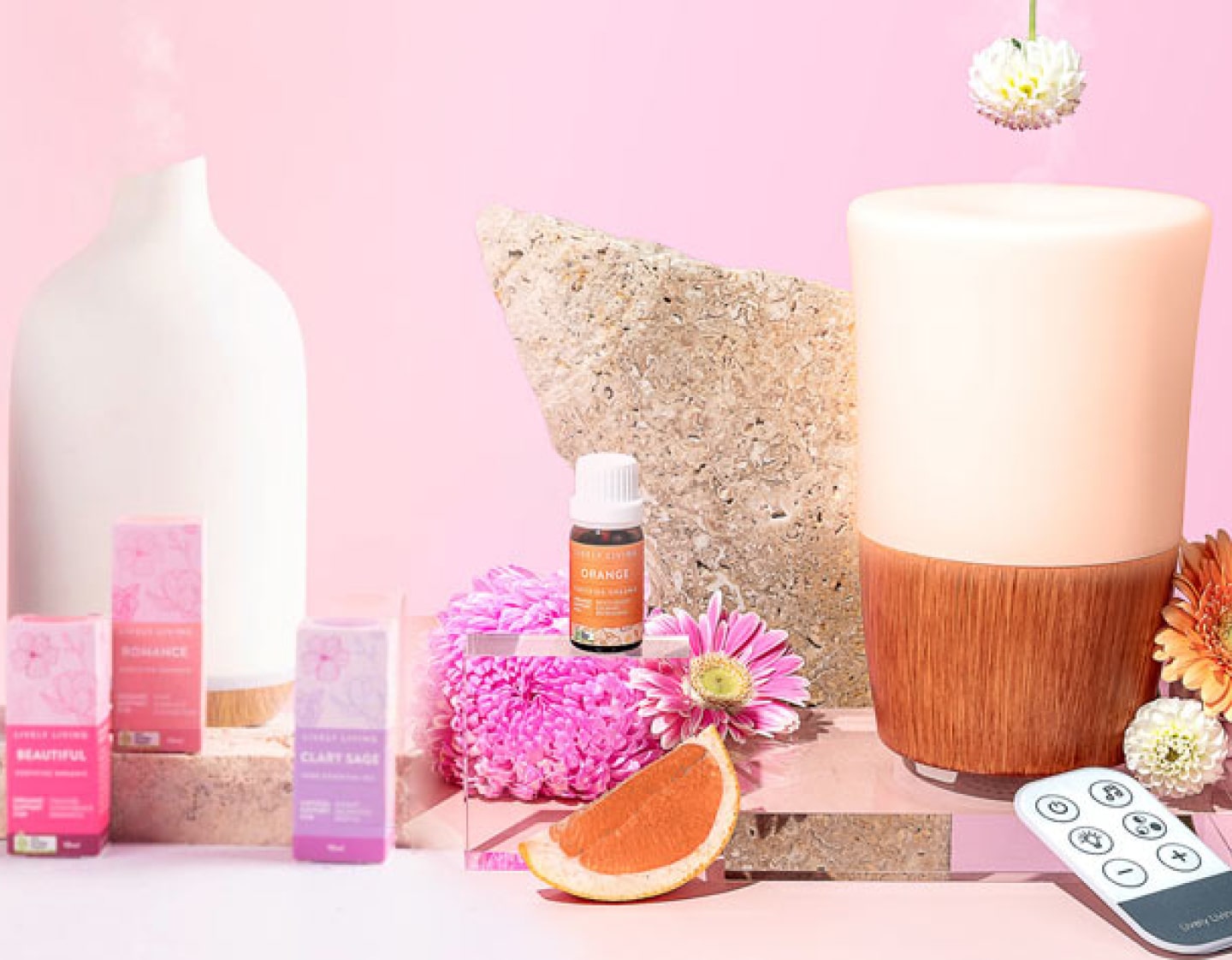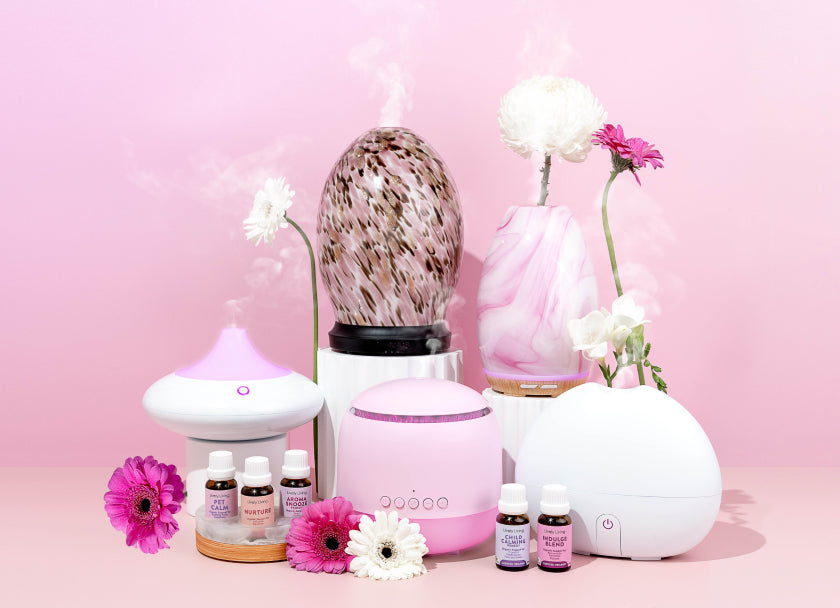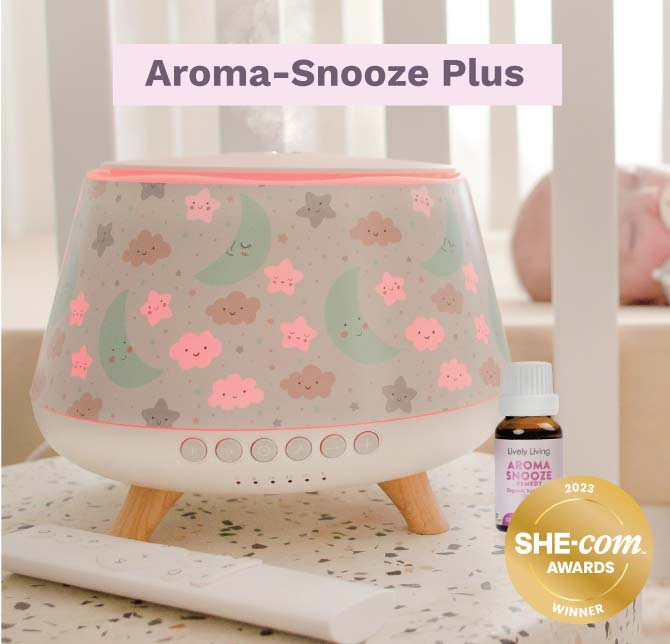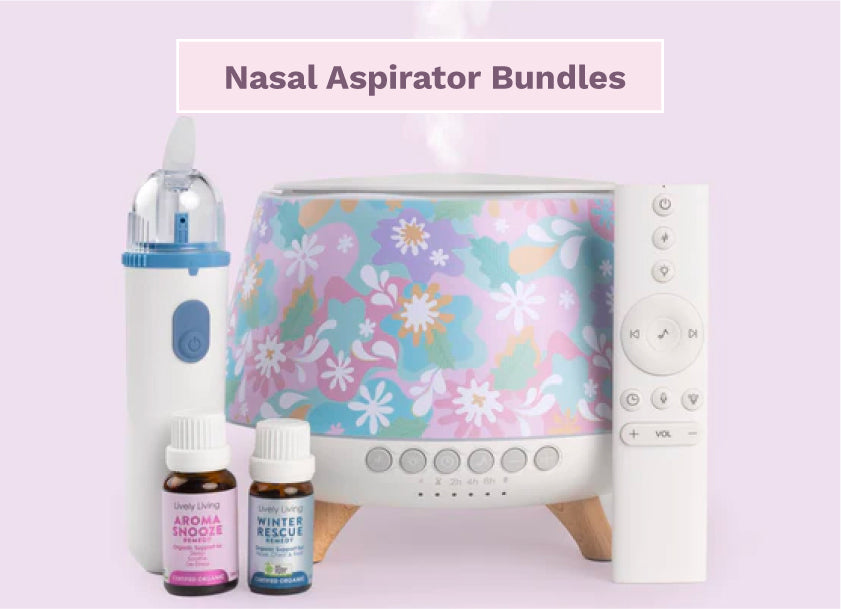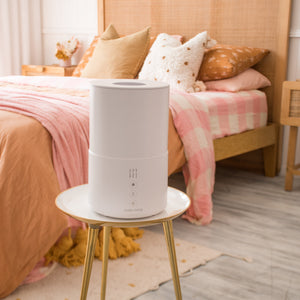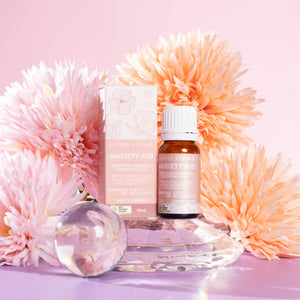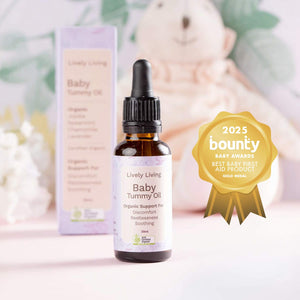Spearmint Essential Oil: Top Benefits for Health & Home
Have you ever noticed that bright, slightly sweet minty scent in chewing gum or toothpaste? Chances are, you've experienced the refreshing aroma of spearmint. But beyond just freshening breath, Spearmint Essential Oil offers a surprising range of potential benefits for your well-being and home.
It's milder than its cousin, peppermint, making it a favorite for many people looking for gentler aromatherapy oils. Let's explore what makes this spearmint essential oil so appealing. We will also cover how you might use it effectively and safely.
Table of Contents:
- What Exactly is Spearmint Essential Oil?
- A Little History and Tradition
- Benefits of Spearmint Essential Oil
- How to Use Spearmint Essential Oil Safely
- Spearmint vs. Peppermint Oil: What's the Difference?
- Safety and Precautions: Using Spearmint Wisely
- Choosing Quality Spearmint Essential Oil
- Conclusion
What Exactly is Spearmint Essential Oil?
This popular oil comes from the bright green leaves of the spearmint plant, known scientifically as Mentha spicata. It's a species of mint native to Europe and southern temperate Asia, distinct from other mint varieties. You might even have this resilient herb growing in your oil garden right now.
The pure essential oils are extracted using steam distillation, a common method for high-quality aromatherapy oils. Steam passes through the harvested plant material, specifically the leaves which are valuable raw ingredients. This process vaporizes the volatile aromatic compounds held within the plant.
When the resulting steam cools and condenses, the concentrated spearmint essential oil separates from the water component, sometimes known as a hydrosol or floral water. The main chemical component responsible for its characteristic aroma and many of its effects is carvone. Unlike peppermint oil, which is high in menthol, spearmint contains much lower levels, giving it a sweeter, softer scent often described as kid friendly compared to peppermint's intensity.
Research confirms carvone gives Mentha spicata its distinct, less sharp fragrance than peppermint. This difference is key to its unique applications. The careful extraction process yields a potent single essential oil ready for use.
A Little History and Tradition
Spearmint, or Mentha spicata, has been appreciated for centuries across various cultures. Ancient Greeks supposedly used it in their baths for its uplifting scent and cleansing properties. Romans are credited with introducing spearmint to Britain, where its uses expanded.
Historically, people commonly chewed the fresh leaves or brewed them into infusions (teas). These traditional methods often aimed at freshening breath and potentially aiding digestive health. Its prominent presence in modern oral hygiene products reflects this long-standing appreciation for its fresh taste and aroma.
This history hints at the properties people have valued in spearmint over many generations. It suggests a long-recognized connection between the plant and feelings of freshness and comfort. This background adds depth to our understanding of spearmint essential oil today.
Benefits of Spearmint Essential Oil
People turn to this versatile essential oil for various reasons, often drawn by its gentle yet effective nature. While large-scale human studies continue to explore its effects, existing research and traditional use point to several potential advantages. Always remember to use pure essential oils like spearmint safely and appropriately.
Consider exploring spearmint if you are looking for natural ways to support your daily routines. It can be a wonderful addition to body oils, diffusers, and even cleaning supplies. Many find its scent both comforting and invigorating.
1. Help for Your Tummy
One of the most well-known traditional uses for spearmint is helping with digestive upset and promoting overall digestive health. The key component, carvone, is thought to play a significant role here. It may help relax the smooth muscles in the digestive tract, potentially easing discomfort.
Some individuals find comfort by inhaling the aroma directly or applying diluted Spearmint Essential Oil topically over the abdomen. Use a gentle carrier oil like jojoba or fractionated coconut oil for this application. Studies have investigated how compounds in various mints affect gut motility and sensations of fullness.
If you occasionally experience bloating or mild nausea, exploring spearmint might be worthwhile, always starting cautiously. Diffusing the oil during or after meals can also create a soothing atmosphere. This is perhaps its most historically recognized application.
2. Breathing a Little Easier
When you're feeling congested or stuffy, the crisp, clean scent of spearmint can feel wonderfully opening. Although not as powerfully cooling as peppermint due to lower menthol content, spearmint still possesses properties that can make breathing feel clearer. Its softer aroma is often preferred by those sensitive to stronger scents.
Diffusing Spearmint Essential Oil using diffuser oils can freshen the air in your living space or bedroom. This may provide a sense of respiratory ease, particularly during seasonal changes. You could also add a single drop to a bowl of hot (not boiling) water for steam inhalation, taking care with the heat and steam.
This aromatic use is popular when looking for natural ways to feel refreshed. Blending it with oils like Eucalyptus or Lavender can create pleasant essential oil blends for diffusion. It's a staple diffuser oil for many households.
3. A Boost for Focus and Mood
Feeling mentally tired, unfocused, or sluggish during a long day? The bright, uplifting, and slightly sweet scent of spearmint might help cut through mental fog. It's often described as stimulating and refreshing for the mind, promoting alertness without being overly harsh.
Inhaling the aroma directly from the bottle, a personal inhaler, or an active diffuser could potentially help improve concentration. It may also reduce feelings of fatigue or mental strain. Some preliminary research suggests spearmint extracts might have positive cognitive effects, possibly impacting brain emotions.
It's an excellent spearmint essential oil to diffuse when you need to study, work on a complex project, or tackle mentally demanding tasks. Consider adding it to your workspace diffuser or creating roller balls with appropriate carrier oils for application to pulse points. It could be part of a mindset collection blend.
4. Potential for Skin Care
Spearmint Essential Oil possesses antimicrobial and antiseptic properties, which has prompted interest in its use for skin care routines. It might be helpful for managing oily skin types or addressing occasional blemishes when used carefully and correctly diluted. Its naturally cooling sensation can also feel soothing on irritated areas.
It is absolutely critical to dilute spearmint oil significantly with a suitable carrier oil (like jojoba, grapeseed, or sweet almond oil) before applying it to the skin. Never apply undiluted essential oil blends or single essential oils directly, as this can cause irritation or sensitization. Start with a very low concentration, perhaps just 1% (around 5-6 drops per ounce of carrier oil), especially on sensitive facial skin.
You might add a drop of diluted spearmint oil to a facial cleanser or toner for its potential clarifying benefits. Always perform a patch test first. Some handcrafted natural perfumes might incorporate spearmint for a fresh top note, but always check for skin compatibility.
5. Easing Minor Aches and Pains
Like other mint oils, spearmint has properties that might help soothe minor physical discomforts, aiding in muscle recovery after light exertion. The carvone content is thought to contribute to mild analgesic (pain-relieving) effects. It can create a slight cooling or tingling sensation when applied topically, which can distract from minor aches.
Try adding a few drops of Spearmint Essential Oil (well-diluted.) to one of your favorite carrier oils or unscented lotions to create custom massage oils. Gently massage this blend onto sore muscles, temples for headache relief, or tired feet. Remember this approach is best suited for minor discomfort, not significant pain requiring medical attention.
Using spearmint in body oils after a workout or a long day can be a refreshing experience. Its scent also contributes to the feeling of relief. Consider blending it with oils like lavender or rosemary for enhanced soothing oil blends.
6. Keeping Your Mouth Fresh
There's a solid reason spearmint is a star ingredient in countless toothpastes, chewing gums, and mouthwashes. Its pleasant taste and bright scent effectively combat bad breath (halitosis). Additionally, its natural antimicrobial properties might contribute positively to overall oral hygiene by helping manage bacteria.
While you should never swallow spearmint essential oil directly, you can easily find commercially available oral care products that incorporate it safely. Another possibility involves adding a single, highly diluted drop (following strict safety guidelines) to homemade mouth rinses, but consulting dental professionals for personalized advice is always recommended. Internal use of essential oils requires extreme caution and is best avoided without expert guidance.
Its effectiveness in oral care makes it a popular choice for maintaining a fresh feeling throughout the day. The clean sensation it provides is instantly recognizable. This contributes to its widespread use in these types of products.
How to Use Spearmint Essential Oil Safely
Getting the benefits of aromatherapy oils like spearmint means using them correctly and responsibly. Spearmint is generally considered safe when used properly, but exercising care is always necessary with concentrated plant extracts. Here are common and generally safe ways to incorporate it into your routines:
Breathe it In (Aromatic Use)
This is one of the easiest and generally safest methods to enjoy spearmint's uplifting scent and potential mood-enhancing benefits. Use an ultrasonic diffuser according to the manufacturer's instructions; typically, only 3-5 drops of spearmint essential oil are needed for a standard room size. Alternatively, place a single drop on a cotton ball, tissue, or terracotta pendant to inhale gently throughout the day.
Try creating your own essential oil blend by mixing spearmint with citrus oils like lemon, grapefruit, or sweet orange for an energizing daytime mix. For relaxation or evening diffusion, it pairs nicely with lavender or chamomile. Personal aromatherapy inhalers offer another discreet option for benefiting from the aroma while on the move or in shared spaces.
Aromatic use is ideal for influencing brain emotions and creating a pleasant atmosphere. Many starter kits include spearmint for this very purpose. It's a foundational scent for many enjoying diffuser oils.
Apply to Skin (Topical Use)
Topical application allows the oil's beneficial components to be absorbed through the skin, useful for localized relief or skin support. Dilution is not merely suggested; it's absolutely essential for safety and effectiveness when using pure essential oils. Applying undiluted essential oils like spearmint directly to the skin can cause significant irritation, redness, or sensitization over time.
A standard guideline for adults is a 1-2% dilution for regular or broad application. This translates to about 5-12 drops of spearmint essential oil per ounce (30ml) of your chosen carrier oil. Suitable carrier oils include sweet almond, grapeseed, fractionated coconut oil, or jojoba oil.
Always perform a patch test on a small, inconspicuous area of skin (like the inner elbow) before applying a new oil blend more widely. Wait 24-48 hours to check for any adverse reactions. You can apply diluted spearmint oil to pulse points (wrists, neck), the abdomen (for digestive comfort), temples (for headaches), or areas experiencing muscle soreness using prepared massage oils or roller balls.
Avoid applying near the eyes, inner ears, or mucous membranes. When creating body oils, ensure thorough mixing. Careful topical use allows targeted benefits.
Around the House
Spearmint's fresh, clean scent and potential antimicrobial properties make it a useful addition to homemade cleaning solutions, promoting friendly cleaning practices. Add several drops (around 10-15) to a spray bottle filled with water and a splash of white vinegar or unscented liquid soap. Use this mixture for wiping down counters, sinks, and other surfaces needing a refresh.
A few drops placed on wool dryer balls can naturally freshen laundry without synthetic fragrances. Its pleasant aroma acts as a natural deodorizer for stuffy rooms or closets. Diffuse spearmint intermittently, perhaps 30-60 minutes at a time, rather than continuously, to avoid olfactory fatigue and ensure the scent remains pleasant.
Spearmint vs. Peppermint Oil: What's the Difference?
People often interchange spearmint and peppermint, but they possess distinct differences rooted in their chemistry. While both offer a minty experience, their chemical profiles, primary active components, and resulting aromas vary significantly. Understanding these differences helps you choose the right single essential oil for your needs.
Peppermint essential oil (derived from Mentha piperita) is characterized by its high concentration of menthol. This compound gives peppermint its sharp, intensely cooling, pungent, and penetrating scent. Think of the bracing coolness associated with strong mint candies or potent muscle rubs.
Spearmint essential oil (from Mentha spicata), conversely, is dominated by the chemical component carvone, with much lower levels of menthol. This results in a significantly sweeter, softer, and less intense minty aroma. The difference is often compared to classic chewing gum (spearmint) versus potent breath mints (peppermint).
This key chemical difference influences their common applications and safety considerations. Peppermint's high menthol content makes it potentially more stimulating but also necessitates greater caution, especially around young children (it should never be used near their faces due to risks of slowed breathing). Spearmint, often perceived as the gentler option, is frequently preferred for applications where peppermint's intensity might be overwhelming, making it more kid friendly relatively speaking, though caution is still vital.
Conclusion
Spearmint Essential Oil, derived from Mentha spicata, is far more than just a pleasant, familiar scent. Its potential benefits for digestive health, mental focus, respiratory comfort, oral freshness, and even skin care make it a remarkably versatile addition to a natural wellness toolkit and for use in friendly cleaning.
Its characteristic sweeter, milder profile compared to peppermint makes it approachable and enjoyable for many individuals, including careful use in kid friendly contexts (with guidance). Remember that safe usage practices, particularly proper dilution with carrier oils for any topical application in massage oils or body oils, are crucial for enjoying Spearmint Essential Oil responsibly and avoiding adverse effects.

